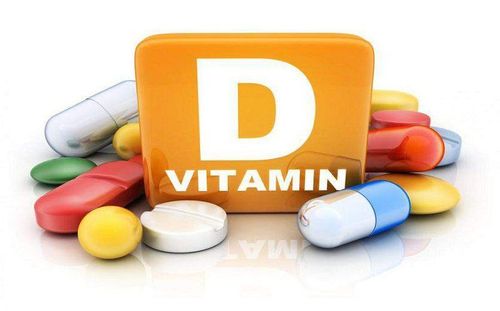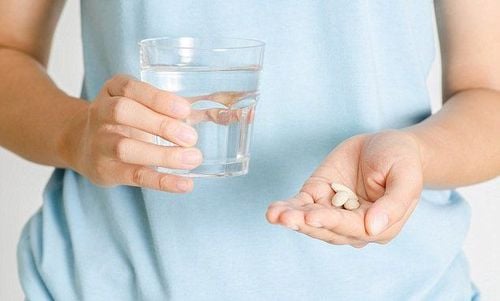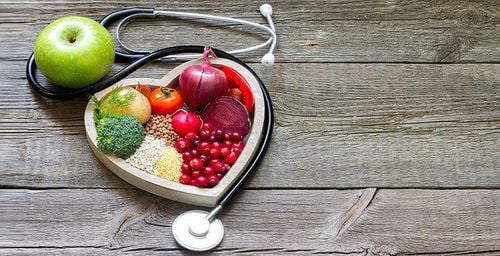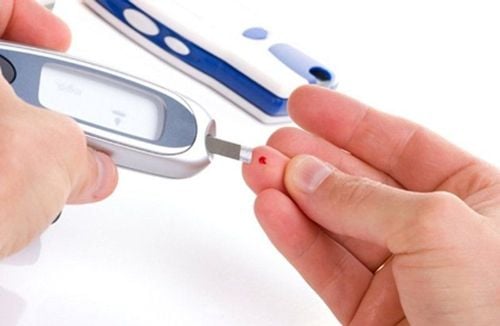This is an automatically translated article.
Vitamin D is an essential nutrient your body needs for many of your body's important metabolic processes, including building and maintaining strong bones. Low levels of vitamin D are a major public health concern globally. In fact, it is estimated worldwide that 13% of the population has a vitamin deficiency.1. What is Vitamin D?
Vitamin D is a fat-soluble vitamin that mainly aids in calcium absorption, promotes growth and bone mineralization of the body. It is also involved in various functions of your immune, digestive, circulatory, and nervous systems.
Emerging research shows that vitamin D can help prevent many diseases, such as depression, diabetes, cancer and heart disease.
2. So how much vitamin D do you need each day?
The Recommended Vitamin D regimen (The Reference Daily Intake) is 600 IU for people 1 to 70 years old and 800 IU for people over 70 years old. If you don't get enough sunlight, the recommended amount of Vitamin D will likely be closer to 1,000 IU per day.
In some cases, you need to consult with your doctor to get the right amount of vitamin D, especially if you are not getting enough vitamin D or are at risk for osteoporosis.
Although vitamin D toxicity is rare, it is best to avoid taking long-term doses of vitamin D that exceed 4,000 IU per day without supervision from a healthcare professional.
3. Vitamin D deficiency should eat what?
3.1. Salmon Salmon is a fatty fish that is a very rich source of vitamin D. According to the USDA Food Composition, a 100-gram serving of salmon contains from 361 to 685 IU of vitamin D. However, there are differences in vitamin D levels in wild or farmed salmon. On average, wild-caught salmon has 988 IU of vitamin D per 100 grams, however, farmed salmon only provides about 250 IU of vitamin D/100 grams.

Cá hồi là một loại cá béo (tên tiếng Anh là fatty fish) là nguồn thực phẩm rất giàu vitamin D
3.2. Herring and sardines Herring is a fish eaten by many people in many countries. It can be eaten raw, canned, smoked or salted. This small fish is also one of the best sources of vitamin D. Fresh Atlantic herring provides 1,628 IU per 100-gram serving. If fresh fish isn't available, pickled herring is also an excellent source of vitamin D, providing 680 IU per 100-gram serving. However, pickled herring also contains a high amount of sodium salt which leads some people to consume too much.
Sardines are also a good source of vitamin D with each serving containing 272 IU. There are several other fatty fish that are also good sources of vitamin D, such as halibut and mackerel, which provide 600 and 360 IU per serving, respectively.
3.3. Cod liver oil Cod liver oil is a very popular vitamin D supplement today. If you do not like fish, taking cod liver oil can be a very good solution to ensure the amount of vitamin D needed for a healthy body. Cod liver oil has about 450 IU of vitamin D per teaspoon (4.9 ml).
Cod liver oil is also an excellent source of vitamin A, reaching 90% of the recommended amount in one teaspoon (4.9 ml). However, vitamin A can be toxic in high doses. Therefore, be careful with cod liver oil, you need to make sure you don't take too much.
3.4. Canned Tuna Many people prefer canned tuna because of its taste and easy storage. In addition, in terms of price, canned tuna is often cheaper than buying fresh fish. Canned light tuna contains up to 236 IU of vitamin D in a 100-gram serving.
However, users should be aware that canned tuna contains methylmercury, a toxin found in many types of fish. If it builds up in your body, it can cause serious health problems.
3.5. Oysters Oysters are a type of clam that lives in salt water that is delicious, low in calories and full of nutrients. A 100-gram wild oyster has only 68 calories but contains 320 IU of vitamin D.
3.6. Shrimp

Tôm cũng chứa axit béo omega-3 có lợi cho sức khỏe, mặc dù với lượng thấp hơn nhiều loại thực phẩm giàu vitamin D khác
Shrimp is a type of crustacean very common in many countries. However, unlike most other seafood vitamin D sources, shrimp are very low in fat but they still contain a good amount of vitamin D with 152 IU per serving. In addition, shrimp also contain healthy omega-3 fatty acids, although in lower amounts than many other vitamin D-rich foods.
3.7. Egg Yolk People who don't eat fish should know that seafood is not the only source of vitamin D, and eggs are another excellent source of vitamin D.
While most of the protein in eggs is found in the white, fats, vitamins and minerals are found mainly in the yolk. A typical egg yolk from farm-raised chickens contains 18-39 IU of vitamin D. However, chickens that are raised in the open field under sunlight will produce eggs with levels three to four times the amount. vitamins compared to farmed chickens. In addition, eggs from chickens fed vitamin D-rich feed may have up to 6,000 IU per yolk. That's a whopping 10 times the recommended amount.
3.8. Mushrooms Aside from fortified foods, mushrooms are the only plant source that contains a lot of vitamin D. Like humans, mushrooms can only synthesize this vitamin when exposed to with the UV rays of sunlight. However, fungi produce vitamin D2, while animals produce vitamin D3. Although vitamin D2 helps increase blood levels of vitamin D, it may not be as effective as vitamin D3. The amount of vitamin D in 100 grams of mushrooms contains 2,300 IU of vitamin D, which is almost 4 times higher than the recommended amount.
3.9. Fortified foods In cases where natural sources of vitamin D are limited, especially if you are vegetarian or do not like fish, some products that do not contain natural vitamin D are a dietary supplement. Vitamin D is very effective such as:
Cow's milk Cow's milk, the type of milk that most people drink, is a very good source of nutrients including calcium, phosphorus and riboflavin. In some countries, cow's milk is fortified with vitamin D at about 130 IU per cup (237 ml).
Soy milk Since vitamin D is found almost exclusively in animal products, vegetarians are at a very high risk of vitamin D deficiency. Therefore, substitutes such as soy milk are fortified with the same nutrients and other vitamins and minerals found in cow's milk. One cup (237 ml) of soy milk typically has 99 to 119 IU of vitamin D.
Orange juice In some cases, people with lactose intolerance or milk allergies can use fortified orange juice. vitamin D and other nutrients, such as calcium. One cup (237 ml) of vitamin D-enriched orange juice has 142 IU of vitamin D.
Cereals and oatmeal Some cereals and instant oatmeal are also fortified with vitamin D. One serving 1/2 One cup of these foods can provide 55 to 154 IU.
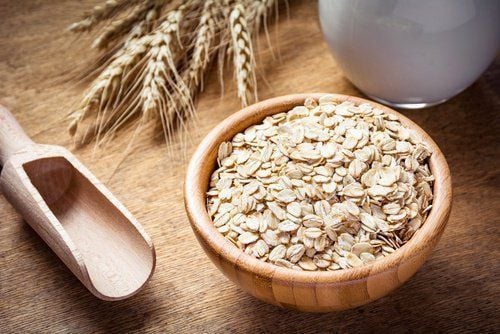
Một số loại ngũ cốc và bột yến mạch ăn liền cũng được bổ sung vitamin D
Spending time in the sun is the best way to get a dose of vitamin D. However, sun exposure is difficult for many people. Therefore, the foods listed in this article are some of the most common and rich food sources of vitamin D, so it is easy to use these foods to supplement vitamins for you and your family.
Please dial HOTLINE for more information or register for an appointment HERE. Download MyVinmec app to make appointments faster and to manage your bookings easily.
Article referenced source: Heathline.com; Webmd.com



